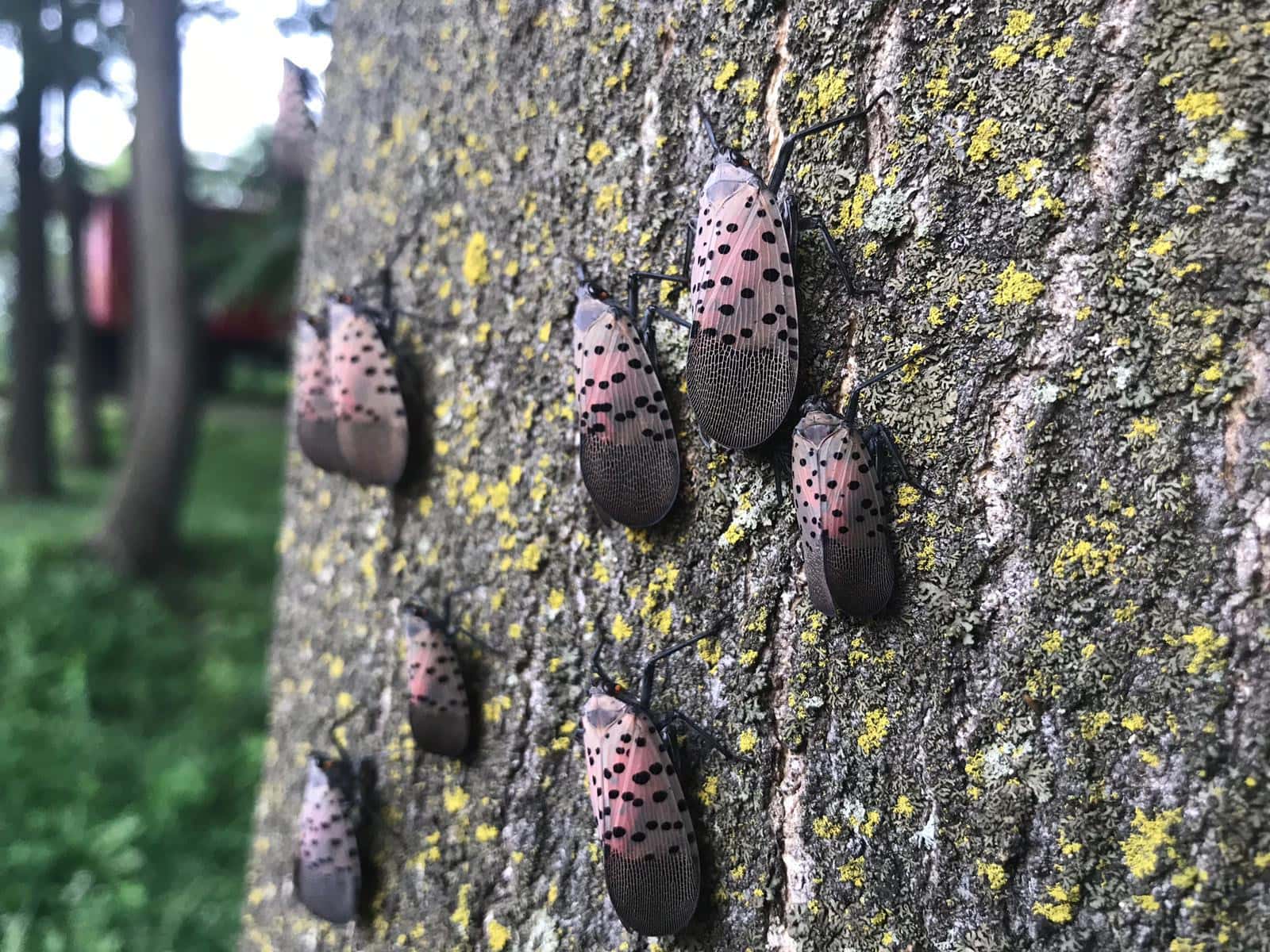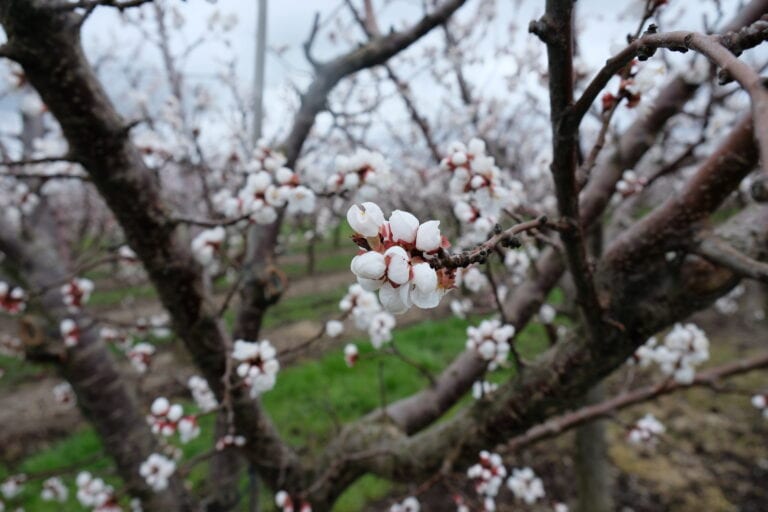But farmers need to be vigilant because insect can destroy entire vineyards
Vigilance may be the key to controlling a possible spotted lanternfly invasion in Niagara this spring, warns an American farmer who lived through at attack by the insects.
“As long as you’re scouting your field, your vineyards and you spray timely, it is a very manageable and controllable pest,” says Larry Shrawder, the owner of Stony Run Winery in Breinigsville, Penn.
His vineyard is one of many in the United States that has dealt with the insect.
Though the highly invasive pest hasn’t yet been detected in Canada, there are infestations just across the border in Erie County, N.Y., and Oakland County, Mich.
Despite their bright, colourful markings, the spotted lanternfly is a threat to crops – they can wipe out entire vineyards by using their razor-sharp teeth to severely weaken or suck the plants dry.
With Niagara being home to more than 120 wineries, one-third of them in Niagara-on-the-Lake, there’s reason to be concerned about a possible invasion.
Shrawder first saw the insects in his vineyard in 2014, but they didn’t get really bad until about 2017.
“What generally seems to be the pattern is that they show up the first year, and you just notice that there’s some around. The second year they get worse. The third year they get absolutely awful. And by the fourth year, it’s peaked and the population starts to crash,” he said.
The insects are native to southwestern Asia and feed on more than 100 different plant species, particularly grape vines.
“The most damage they still do is to grape vines,” said Emily Posteraro, the program development co-ordinator for the Invasive Species Centre in Sault Ste. Marie., Ont.
The centre is a non-profit that works to prevent the introduction and spread of invasive species in Canada.
The insects’ preferred plant of choice is the tree of heaven, also an invasive species in Ontario, and the black walnut tree – both of which can be found close to vineyards.
Shrawder lost about 15 per cent of his vineyards and suffered a heavy financial hit.
“I’d say our losses from these little critters are half a million or better,” he said.
The amount of spraying required accounted for a large portion of the costs. Farmers usually stop spaying before harvest.
“The biggest change for us was that we never used to spray after harvest. And now you spray right up until frost kills it,” he said.
If the insects cross the border into Ontario, it could be disastrous for the province’s wine industry, which has a $5 billion economic impact, according to a Wine Growers Ontario study.
Some farms in Pennsylvania experienced more than 50 per cent vineyard loss. Some vineyards were wiped out entirely.
Vineyards surrounded by tall trees seemed to be hit the hardest, Shrawder noted.
“The problem is that you have such a reservoir of the bugs in the trees around the vineyard that you can go through today and kill them all and tomorrow a whole new group has flown in,” he said.
So, farmers in his area started spraying the trees to avoid spraying the vineyards. That would kill the bugs before they could get to the vines.
During the height of the invasion, Shrawder saw as many as 60 to 70 on a single vine.
“There’s times when you can’t even see the trunk because there’s that many on it,” he said.
His rule of thumb is if there’s more than 15 or 20 on a trunk, spray it.
Shrawder also believes the insect is developing natural predators. He’s seen yellowjackets, which are attracted to the sap, push the lanternflies away. They sting and kill them if they do not move.
Even birds are figuring out that they are worth eating, he said.
According to an article in National Geographic, lanternflies have a bitter taste due to a compound in the tree of heaven called quassinoids.
Posteraro also said there’s a theory floating around that it’s possible some lanternflies don’t taste as bad, which could be due to the removal of the tree of heaven.
In any case, it seems yellowjackets, birds and spiders are possible predators of the destructive insect. Can those predators help slow the spread? That is still unknown.
It’s unclear if the insect could survive Canada’s harsh winters, but with milder winters due to climate change, it’s possible the species could establish itself this far north.
While no live lanternflies have been seen in Canada, two dead lanternflies were discovered in Quebec after they hitchhiked across the border on a vehicle.
“It doesn’t count as a detection because they are dead,” said Posteraro.
Adults would have laid their eggs as of September, so it’s important to keep an eye out for egg masses now, she said.
If the eggs survive the winter, they’ll hatch in the spring.
Egg masses are muddy globs that are home to roughly 30 to 60 eggs.
Once they hatch, they enter the beginning of four nymph stages, called instars. In the early stages, they are black with bright white spots. In the later stages, they are noticeably larger and red with bright white spots and black legs.
Being of the planthopper variety, they have strong hind legs and can jump high and far.
Finally comes the adult stage, which is when they can do the most damage.
“The biggest problem with this bug is that it never gets full. Its digestive system is basically straight through,” said Shrawder.
When they feed, they produce a sugary substance called honeydew. It will collect at the bottom of a plant and cause black sooty mould, which can badly damage to the plant.
Despite all the problems, Shrawder is optimistic.
“My advice would be don’t panic. It’s gonna happen. But it is completely manageable,” he said.











